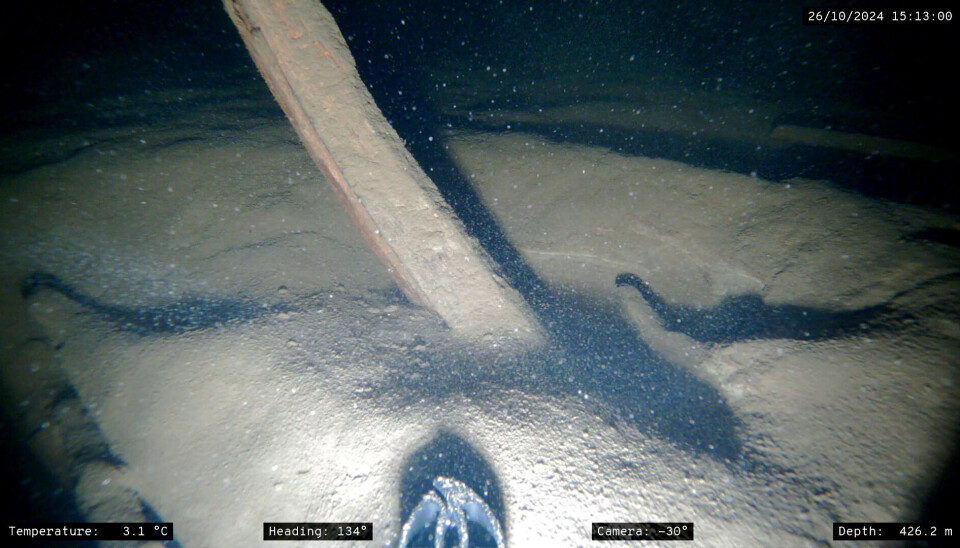
New images of the shipwreck lying over 400 metres deep in Norway's largest lake
Two years ago, a wreck appeared on sonar images from Lake Mjøsa. Researchers now know more about what type of vessel this might have been.
It all started when the Norwegian Defence Research Establishment set out to survey the ammunition dumped in Lake Mjøsa between 1940 and 1970.
But amid bombs and grenades, the underwater robot also picked up signals from something else – a shipwreck.
News of the sonar images of the shipwreck spread worldwide in December 2022.
During last year's expedition, researchers managed to capture a brief video glimpse of the ship before the underwater robot ran out of power.
Now, researchers have finally been able to film the ship properly.
Weather disrupted sample collection
"Based on the images we have now, we believe this is what we call a 'føringsbåt,' a local boat type used on Lake Mjøsa for everything from freight to passenger traffic," says marine archaeologist Øyvind Ødegård from NTNU.
Recently, Ødegård and his colleagues tried to take a sample from the boat to date it, but the weather did not cooperate.
They may get another chance next year.
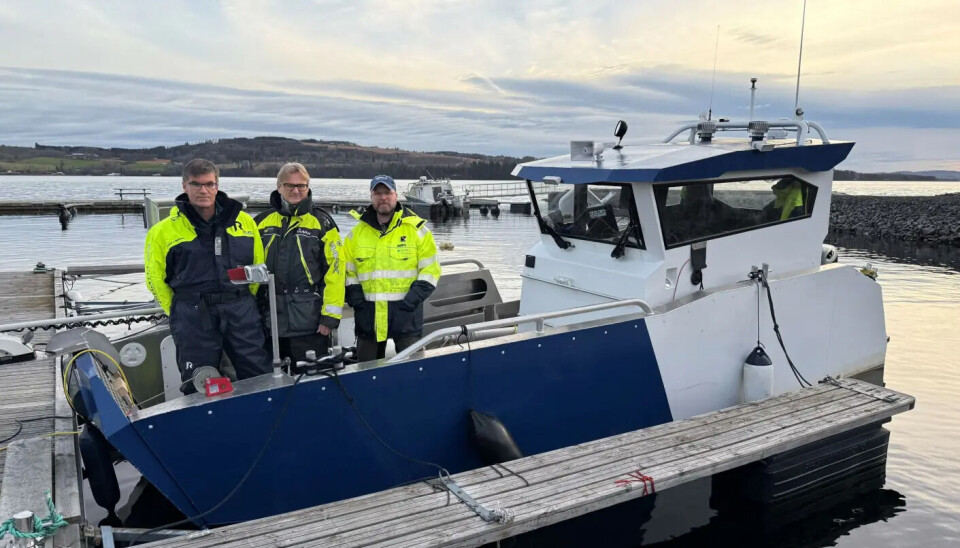

Must have been there quite a long time
Even without a wood sample, the new images provide some additional clues about the shipwreck.
"We can see that it's very well-preserved. In freshwater, there aren't organisms like shipworms that consume wood. But that also makes it difficult to determine its age, as assessing decay is challenging," says Ødegård.
Researchers previously estimated that the ship was built sometime between the 1300s and 1850.
"It could be very old, or it could be relatively young," confirms Ødegård.
The depth at which the ship is buried hints that it may be from an earlier period.
"Only parts of the hull and a stem are visible, and there's a lot of sand and sediment covering the ship. So it must have been there quite a long time," says Ødegård.
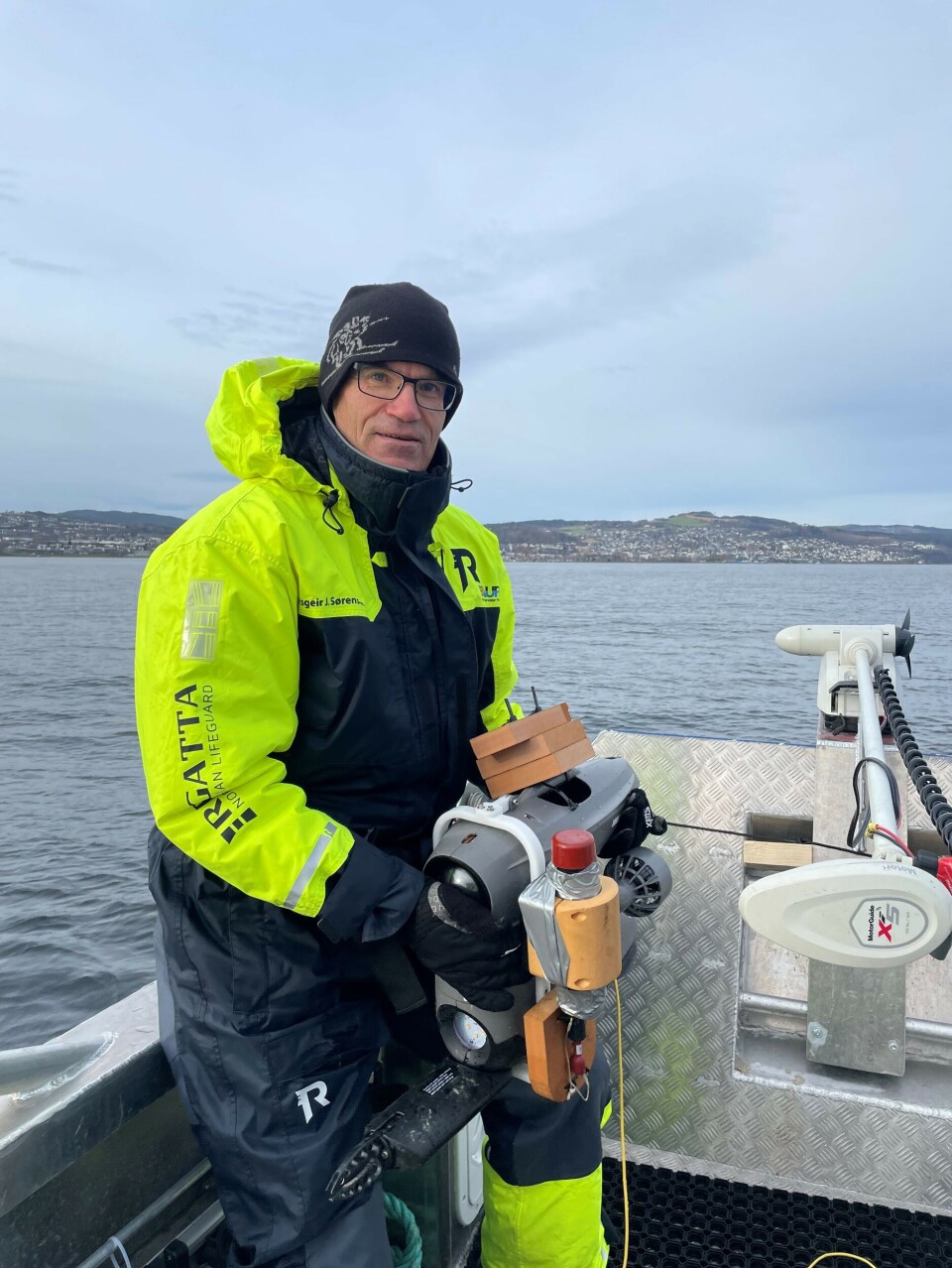
Cracking the code
Arne Julsrud Berg, director of the Mjøsa Museum, has personally dived to locate and date about 20 shipwrecks in Lake Mjøsa.
"Down to a depth of 20 metres, we've found steamships from the 1800s and transport boats built in the late 1700s," he says.
However, with 90 per cent of Lake Mjøsa deeper than 20 metres, there is the potential for all kinds of discoveries, he hopes.
"This shipwreck is the most exciting find we've encountered so far. It's the oldest and the most scientifically interesting," he says.
Now that battery power and other technical challenges at 400 metres depth have been solved, Berg is confident that we will soon know exactly when the ship dates back to.
"It's nearly half a kilometre down, so factors like power, battery life, weather, and wind are real challenges. But they'll figure it out, and we'll get an incredible view of this ship. We're going to crack the code," he says.
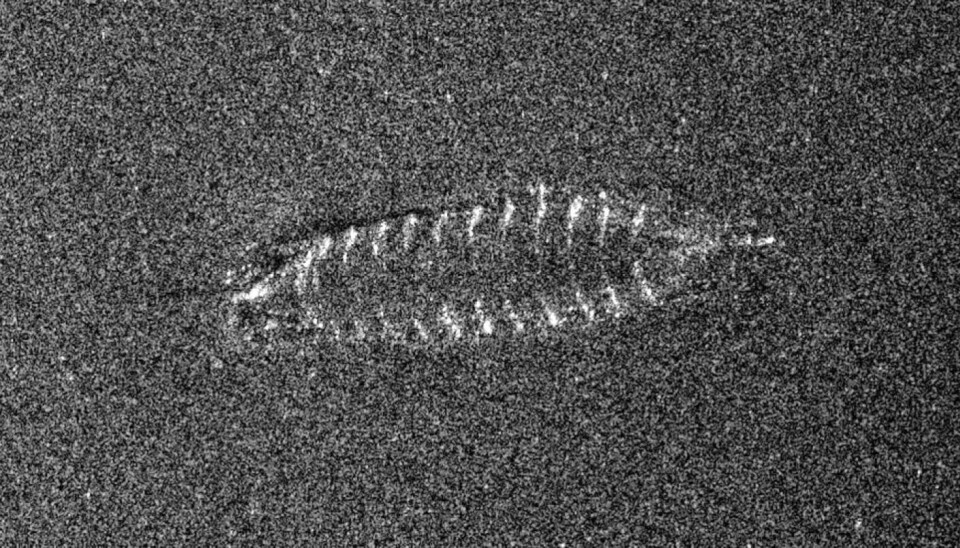
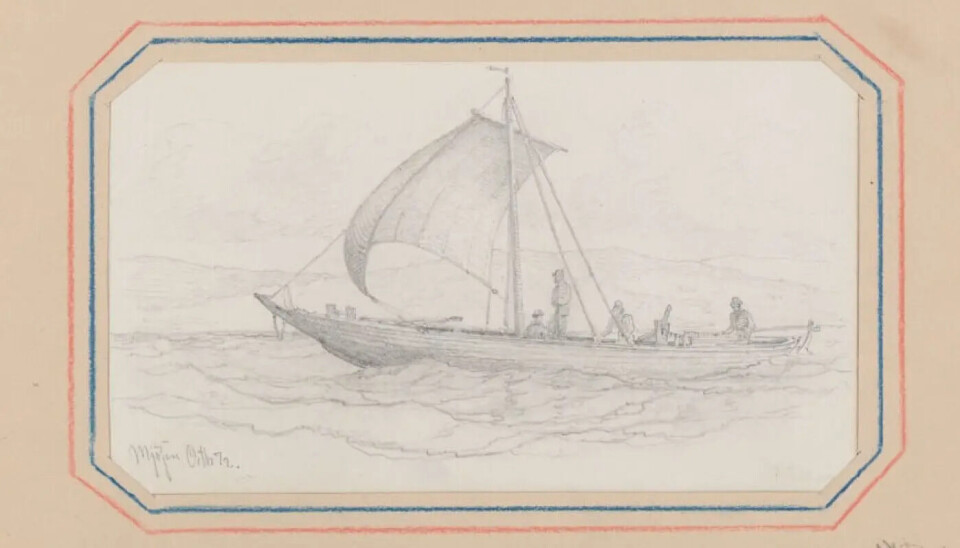
From the Viking Age to the 1800s
The ship lying deep underwater is remarkably intact, according to Berg. Every piece is there, ready to be documented.
"With the technology NTNU has, they'll be able to make drawings of the ship as it once looked," he says.
For now, however, precise dating is not possible.
"The clinker-built boat tradition spans from the Viking Age and into the 19th century. The boats look quite similar across that period. But it's risky to draw conclusions about its age without a proper sample," he says.
What he can say is that vessels built on Lake Mjøsa from the late 1700s onward were made from sawn planks. Before then, they used broader planks hewn with an axe, which aligns with the sonar images.
"So, it's an older type of vessel," he says.
An exciting find – Is it a ship?
"It's hard to disagree that this is an exciting wreck discovery," says Knut Paasche, an archaeologist at the Norwegian Institute for Cultural Heritage Research (NIKU) and one of Norway's leading experts on ship archaeology.
He believes there are strong indications that the boat was built in the Nordic clinker-building tradition.
However, Paasche points out that this boat-building tradition spans a long time. The vessel could date from as early as the 3rd-4th century or be relatively modern.
"It would be thrilling if it dated from the Viking Age, and we know Mjøsa saw significant transport even then. But it could just as well be older or younger. We’ll have to be patient until precise dating is possible," he says.
Paasche also clarifies that it might not technically be a ship. Since its discovery, the Mjøsa wreck has often been called a shipwreck.
"That's a bit of a stretch," says Paasche.
A vessel only qualifies as a ship if it is over 12 metres long.
"If it's around 10 metres long, as suggested, tradition would classify it as a large boat rather than a ship. Mjøsboat might be a fitting term," he says.
———
Translated by Alette Bjordal Gjellesvik
Read the Norwegian version of this article on forskning.no

Subscribe to our newsletter
The latest news from Science Norway, sent twice a week and completely free.




































